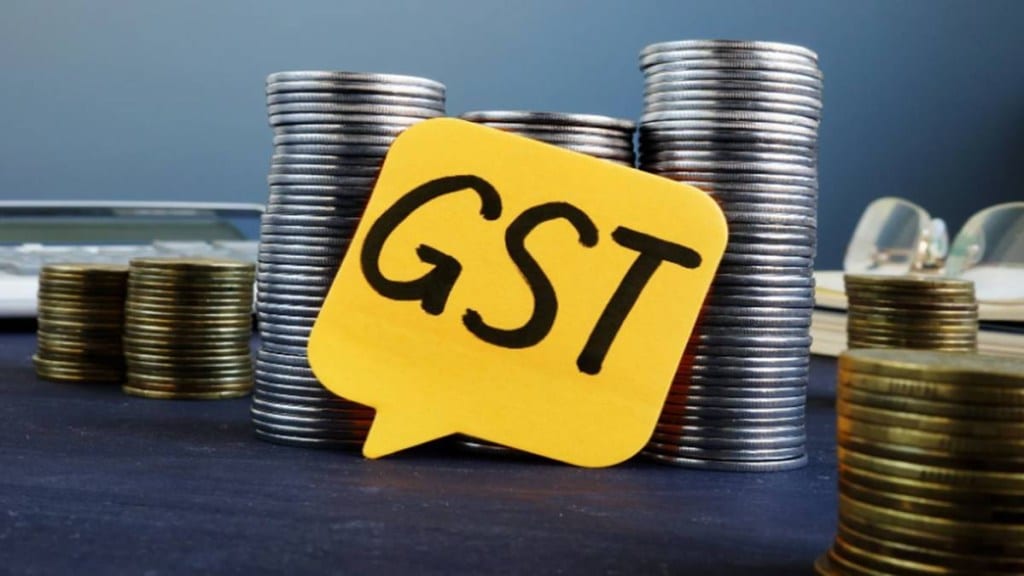The field formations of Central Board of Indirect Taxes and Customs (CBIC) across the country have put their monitoring wings on high alert, with a view to ensuring that businesses pass on the benefits of Goods and Service Tax (GST) cuts to the consumers right away.
Agencies on High Alert
Besides from the CBIC field offices, the Centre will also receive real-time updates on the price cuts on assorted products from various government departments, state governments as well as Bharatiya Janata Party (BJP) leaders, including members of Parliament, sources said. The government has also reached out to industry bodies and associations in this regard.
“A list of items has been circulated on which GST rates have been cut for monitoring purposes, especially to market leaders in product categories,” a source said. Five to six regions across have been specifically entrusted to capture the data, the source added.
Price-tracking with a greater degree of vigil may continue for at least six months. The field formations will submit reports by the 20th of each month on prices of essential items during the period.
On Saturday, the ministry of consumer affairs created a dedicated category on National Consumer Helpline’s INGRAM portal for registering complaints related to revised GST rates and their redressal. It will share complaints with CBIC and companies concerned for action in this regard.
Impact on Consumers and Revenue
The government has appreciated that most companies have announced price cuts. Several companies, including FMCG giants, are voluntarily offering rate cuts and passing on the benefits to consumers even before September 22, the date when the new tax rates will take effect.
Finance minister Nirmala Sitharaman had told FE that she would personally monitor whether businesses are indeed passing on the GST relief to the consumers. Once the information reaches her, she will engage with those who have not passed on the benefit.
While the GST cuts are expected to have an immediate adverse effect on government revenues, the concurrence of tax reliefs and the festive season is expected to offset it to a large extent. By December, the revenue implications would be clearer, and by February, when the refunds under the new regime will take place, the picture will be even sharper.
According to a recent study by Ficci, thanks to the reforms, effective GST incidence for rural families falls from 6.03% to 4.27%, while for urban households it reduces from 6.38% to 4.38%.
On September 3, the GST Council approved a major restructuring of the indirect tax by pruning the number of main slabs to two — 5% and 18% — and introducing a special 40% rate for sin goods, a move that will lower the tax incidence on a wide section of businesses and benefit the end-consumers. The 12% and 28% rates have been abolished.
The government kept five filters before undertaking the rate rejig – reduction of rate for poor and middle class, fulfilling aspirations of middle class, benefiting the farming community, MSME and sectors which are useful for the country in creating jobs and export potential.
